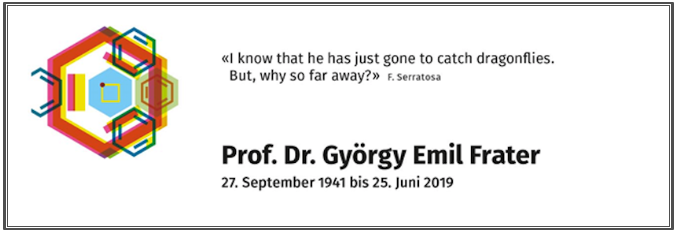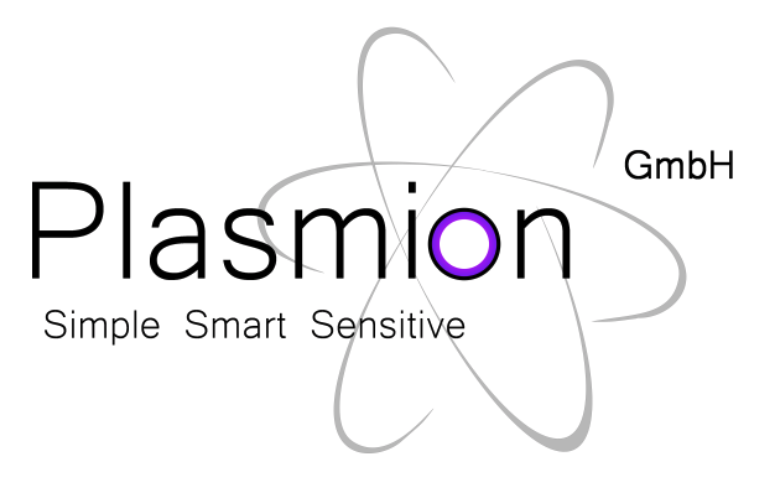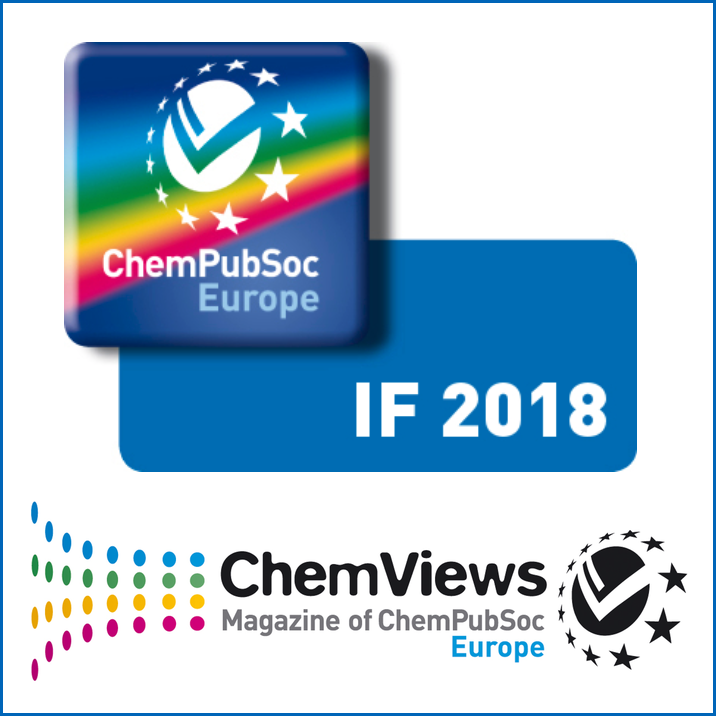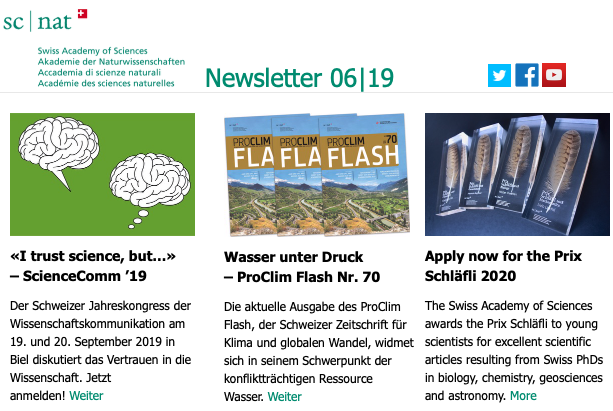SCNAT Newsletter, June 2019/6
«I trust science, but…» – ScienceComm ’19
Der Schweizer Jahreskongress der Wissenschaftskommunikation am 19. und 20. September 2019 in Biel diskutiert das Vertrauen in die Wissenschaft. Jetzt anmelden! Weiter
Wasser unter Druck – ProClim Flash Nr. 70
Die aktuelle Ausgabe des ProClim Flash, der Schweizer Zeitschrift für Klima und globalen Wandel, widmet sich in seinem Schwerpunkt der konfliktträchtigen Ressource Wasser. Weiter
Apply now for the Prix Schläfli 2020
The Swiss Academy of Sciences awards the Prix Schläfli to young scientists for excellent scientific articles resulting from Swiss PhDs in biology, chemistry, geosciences and astronomy. More
Gezeichnete Biodiversität
Schülerinnen und Schüler aus der ganzen Schweiz liessen sich von der Biodiversität künstlerisch inspirieren. Insgesamt 2394 Zeichnungen reichten sie beim jährlichen Zeichnungswettbewerb der Schweizerischen Vereinigung für Qualitäts- und Managementsysteme ein. Eine Jury, in der auch das Forum Biodiversität der SCNAT vertreten war, hat die besten Werke auszeichnet. Laut der Jury sind die meisten Arbeiten von hoher Qualität und zeigen ein gutes Verständnis dafür, was Biodiversität ist und welchen Bedrohungen sie ausgesetzt ist. Weiter
Shaping a sustainable research culture: freedom is a prerequisite for creativity
One of the problems with scientific culture is growing pressure, summarizes Simone Schürle of the ETH Department of Health Sciences and Technology at this year’s «We Scientists 2035» workshop in Lausanne. And a mind focused on the struggle to stay afloat is rarely a source of fresh and bold ideas; some freedom is a prerequisite for creativity. Organized by SCNAT, the workshop brought together natural scientists from different career stages to discuss novel ideas about research culture and generate concrete actions for how it might be improved. More
On the origin of the elements: 150 years of the Periodic Table
The Swiss Physical Society and the Platform Mathematics, Astronomy and Physics (MAP) of SCNAT celebrate the International Year of the Periodic Table of the Elements (IYPT 2019) with a special symposium on 30 August 2019 in Zurich. Three overview talks will highlight the role of physics in the IYPT2019. Given by renowned specialists, they will cover the history of the discovery of the 118 elements, Big Bang and stellar nucleosynthesis, and the creation of heavy elements in stellar explosions. Each presentation will allow for enough time to answer questions from the audience. More
Was wird in Pärken von nationaler Bedeutung geforscht?
Am 29. Oktober 2019 organisiert Parkforschung Schweiz in Bern zum dritten Mal eine Tagung zur Forschung in Pärken von nationaler Bedeutung und Unesco-Welterbe-Stätten. Die Veranstaltung zeigt auf, welche Forschungsthemen in Schweizer Pärken untersucht werden, reflektiert Ergebnisse gemeinsam mit der Praxis und identifiziert Forschungslücken. Weiter
Geoscience goes underground – 17th Swiss Geoscience Meeting
Knowledge of the shallow and deep underground has ever-growing importance in modern society. This is especially true for Switzerland, which has a longstanding tradition of exploring the deep that was acquired over the course of decades of building tunnels throughout its territories. The extraction of geothermal energy, building management, and land use planning will increasingly rely on knowledge of the near and deep subsurface geology. Besides the plenary session about this topic, 25 scientific symposia will cover the latest advances in research in geosciences. The Swiss Geoscience Meeting will be held on 22 and 23 November 2019 in Fribourg. More
How can science contribute to the Sustainable Development Goals?
The current Gaia issue focuses on the Sustainable Development Goals (SDGs), the need of taking action now in order to start the transformation towards the desired state, and how this poses challenges to science and academia: How can science and research contribute to this transformation and produce the necessary knowledge to reach the SDGs? This issue entails various ideas for possible options and solutions. The Commission for Research Partnerships with Developing Countries (KFPE) of SCNAT, in collaboration with researchers from the Global South and North, contributed with an article about leveraging research partnerships to achieve the 2030 Agenda. More
Forschende in der Krisenzone
Barry Marshall trank 1984 eine Bakterienkultur mit Helicobacter pylori und heilte sich wieder mit Antibiotika. So konnte der australische Arzt einen wichtigen Beleg dafür liefern, dass Magengeschwüre von Bakterien verursacht werden und nicht etwa durch Stress oder scharfes Essen. Wissenschaft ist da, um Grenzen zu sprengen. Und das geht nicht ohne Wagnis. Denn niemand weiss von vornherein, was sich hinter den Grenzen befindet. Wie Forschende sich mit der Gefahr arrangieren, lesen Sie in der aktuellen Ausgabe des Wissenschaftsmagazins «Horizonte». Weiter
Akademie der Naturwissenschaften Schweiz (SCNAT)
Haus der Akademien | Laupenstrasse 7 | 3008 Bern
Andres Jordi | Tel. 031 306 93 23 | www.scnat.ch
Fragen und Anregungen:
Obituary: Prof. Dr. Georg Fráter (1941-2019)

Dear members of the Swiss Chemical Community
It is with deep mourning that we have to communicate the unexpected passing of Prof. Dr. Georg Fráter, on June 25, 2019. Our thoughts and hearts reach out to his family, his wife Marijke and his daughters Kinga and Saskia.
Georg Fráter was born in Budapest, on September 27, 1941 and moved to Switzerland in the wake of the Hungarian revolution in 1956. After studies at the Universities of Zurich, Leiden and Alberta at Edmonton he joined SOCAR AG, the agrochemical division of Hoffmann-La Roche in 1970. His love for terpene chemistry and complex synthesis, later made him switch to Givaudan in Dübendorf. In 2010, he became a founding member of the startup XiMo AG, a collaboration partner of Givaudan in the field of metathesis catalysts where he was still active as scientific advisor.
Throughout his career in industry, he kept lecturing at the University of Zurich and was awarded the title of Professor in 2001.
After his retirement, he served as president of the Swiss Chemical Society from 2004-2010 and was the initiator and founding father of the SCS Foundation established in 2008. He served as member of the board until 2012, being one of the drivers to establish the foundation. Georg and his spirit will stay with us and the Swiss chemical community forever.
The funeral will take place in Ebnat-Kappel, Evangelisch-Reformierte-Kirchgemeinde, Steinfelsstrasse, on July 22, 2019 at 14h
Sincere regards,
Swiss Chemical Society
Alain De Mesmaeker David Spichiger
President Executive Director
SCS Foundation
Hans Peter Lüthi
Director
Link to the obituary on the website of XiMo
David Spichiger, SCS
04.07.2019
Open Position @CHANGINS: Professeur(-e) de chimie à 100%
Situé à Nyon, CHANGINS est un site de formation unique en Suisse qui constitue le centre de compétences national pour la formation supérieure des métiers de la vigne et du vin. Nous sommes à la recherche d’un (-e) :
Professeur(-e) de chimie à 100%
Domaine d’activités
- Chimie analytique, chimie des denrées alimentaires, chimie des arômes
Fonctions
- Enseigner au niveau HES (Bachelor en viticulture et oenologie et Master Life Sciences)
- Encadrer des travaux de Bachelor et de Master
- Conduire des projets de recherche appliquée et de développement
- Acquérir des fonds de tiers pour la réalisation des projets Ra&D
- Réaliser des prestations de service et du conseil dans le domaine de l’oenologie
Profil souhaité Formation de chimiste ou d’ingénieur chimiste avec doctorat
- Au bénéfice d’une expérience professionnelle avérée, notamment dans le domaine analytique et des arômes
- Expérience dans les techniques de chromatographie gazeuse et de spectrométrie de masse (GC-MSn)
- Intérêt pour l’oenologie et le domaine du vin
- Attrait marqué pour l’enseignement et le contact avec les étudiants
- Expérience confirmée dans la conduite de projets Ra&D
- Personnalité ouverte et sensible aux réalités du monde viti-vinicole suisse et international
- Maîtrise du français et de l’anglais, l’allemand représente un atout supplémentaire
Nous vous offrons :
- Une activité diversifiée et stimulante sur un site de formation unique en Suisse
Entrée en fonction : de suite ou à convenir
Nous nous réjouissons de recevoir votre dossier de candidature complet (lettre de motivation, curriculum vitae, certificats de travail, diplômes) par e-mail à Jimmy Salchegger (), Responsable RH, d’ici au 31 juillet 2019.
Changins adopte une politique de recrutement en faveur de l’égalité des chances.
David Spichiger, SCS
01.07.2019
New SCS Corporate Member: Plasmion GmbH, Augsburg
 Plasmion GmbH, Augsburg, Germany, joined the Swiss Chemical Society as corporate member. As partner of ETH Zurich and Eawag, Dübendorf, Plasmion has already busines relations in Switzerland and will further develop its services Switzerlad.
Plasmion GmbH, Augsburg, Germany, joined the Swiss Chemical Society as corporate member. As partner of ETH Zurich and Eawag, Dübendorf, Plasmion has already busines relations in Switzerland and will further develop its services Switzerlad.
Products - "Plug & Play" Ionization Devices
Plasmion offers plug and play ionization devices for atmospheric pressure mass spectrometers or customized stand-alone "electronic nose" sensors. In doing so, we are also willing to customize our solutions for your specific application and instrument.
For customers from DACH and Benelux, our product portfolio is distributed by our sales partner Axel Semrau GmbH & Co. KG. For inquiries, please use the link below.
If you are interested in an "electronic nose" sensor for your specific industrial application, please do not hesitate to contact us. We are continuously looking for further cooperation partners in this area.
Contact:
Dr. Christine Merkert
Marketing & Sales Manager
www.plasmion.de
David Spichiger, SCS
26.06.2019
2018 Impact Factors of ChemPubSoc Europe Journals
 The newest results in the Journal Citation Report (JCR) by Clarivate Analytics for journals published by ChemPubSoc Europe and their sister journals published by the Gesellschaft Deutscher Chemiker (GDCh, German Chemical Society) are given below. ChemPlusChem and ChemSusChem received their highest ever impact factors. For more highlights see below.
The newest results in the Journal Citation Report (JCR) by Clarivate Analytics for journals published by ChemPubSoc Europe and their sister journals published by the Gesellschaft Deutscher Chemiker (GDCh, German Chemical Society) are given below. ChemPlusChem and ChemSusChem received their highest ever impact factors. For more highlights see below.
ChemPubSoc Europe is a partnership of 16 European chemical societies nurturing a family of high-quality chemistry journals.
Angewandte Chemie International Edition: 12.257
Chemistry – A European Journal: 5.160
ChemBioChem: 2.593
ChemCatChem: 4.495
ChemElectroChem: 3.975
ChemistryOpen: 2.205
ChemistrySelect: 1.716
ChemMedChem: 3.016
ChemPhysChem: 3.077
ChemPlusChem: 3.441
ChemSusChem: 7.804
European Journal of Inorganic Chemistry: 2.578
European Journal of Organic Chemistry: 3.029
No Impact Factor yet for
Batteries & Supercaps
ChemPhotoChem
ChemSystemsChem
Read the full article on ChemViews
Source:
Author: ChemViews Magazine
Published Date: 21 Juni 2019
Copyright: Wiley-VCH Verlag GmbH & Co. KGaA
Page 66 of 303



